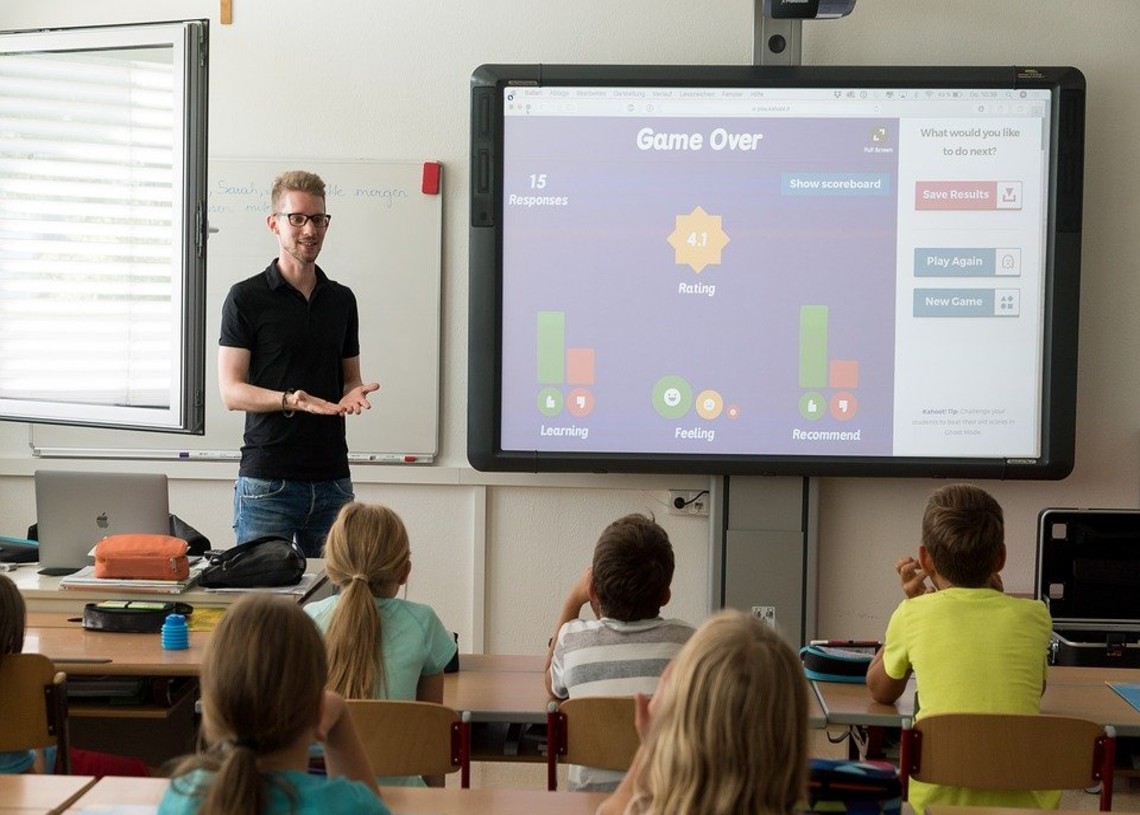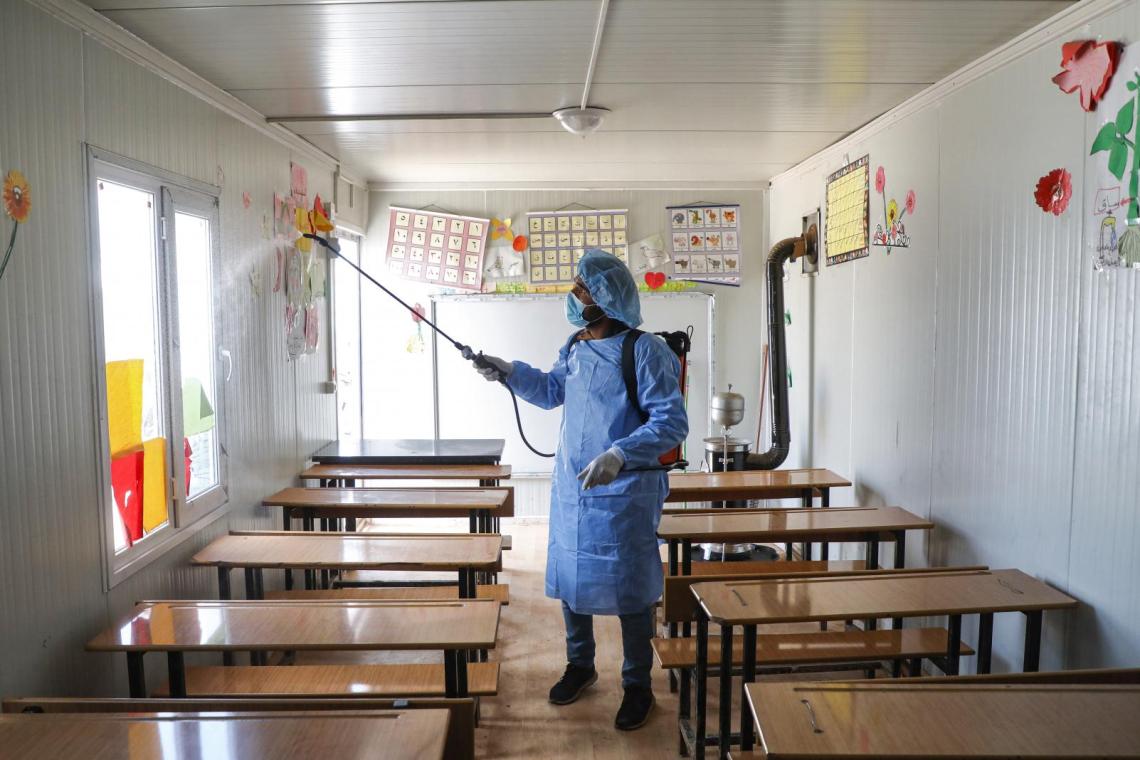The coronavirus pandemic has devastated US colleges, especially in the way they are run. Post coronavirus, changes have to happen to ensure many of these colleges survive.
The Us education system has undergone significant changes during the coronavirus lockdown period, proof that they can be able to adapt drastic measure within a short time if circumstances force them to do so. These changes raise the question of what colleges will be like post coronavirus.
Long before the pandemic, the US college system did not run on equitable service to everyone. People of color, rural and urban poor had few paths to a college degree and even those who made far enough to enter into college, 36 million people ended up dropping out for various reasons.
On a positive note, many still ended up graduating after successfully completing their programs. After graduation, then came repayment of student loans, which has hindered many from achieving financial independence, a decade or more after completing their college degrees. In fact, the current national student loan in the US stands at $1.6 trillion.
The current economic collapse that has forced more than 36 million Americans away from their jobs, workers furloughed and the entire economy of the US being brought to a standstill due to lockdowns will have a significant effect on those continuing to pay the students loans.
With all these shortcomings with the current college education, it may be the right time to continue implementing drastic changes in the education sector post coronavirus.
Consumer vs Employer education system
What has always been the endgame of the US college education system and is it in alignment with what the consumers ( Students) want or is it geared to what the job markets (employer) demand?
Understanding where these colleges stand in terms of how they deliver their curriculum would help solve bigger problems such as unemployment. For instance, for a system that is focused on the labor market demand and what the employers want, data from the Bureau of Labor Statistics indicators of labor market demand would help colleges have an informed decision on what the job market demand.
On the other hand, consumer-focused demand would offer more flexible programs to students focused on their skills and their strengths. It would consider factors such as the passion of the students on what they want to study. The focus, however, does not work well for employers who seek workers able to be engaged at all occupational levels. The graduates are also more focused on upward mobility in companies, something most companies are slow to implement.
US College admissions
If there is anything this pandemic has taught us, it is that there is room for adjustment in the way things are done. Lockdowns have forced schools to close and important college admission exams such as SAT have either been postponed or canceled.
US colleges have adjusted to these changes by lowering their entry requirements and decision dates, in essence validating that students can be admitted using other criteria.
It has also shown the effectiveness of other alternative learning methods such as virtual learning, which has always been despised by many colleges before the coronavirus pandemic hit the US.
The need to check on how universities can improve admissions is now needed more than ever. If US colleges have to move forward, considering the financial strain they are already having, changes have to be made to ensure they deliver quality education while looking out for students.
Featured image by Pixabay







